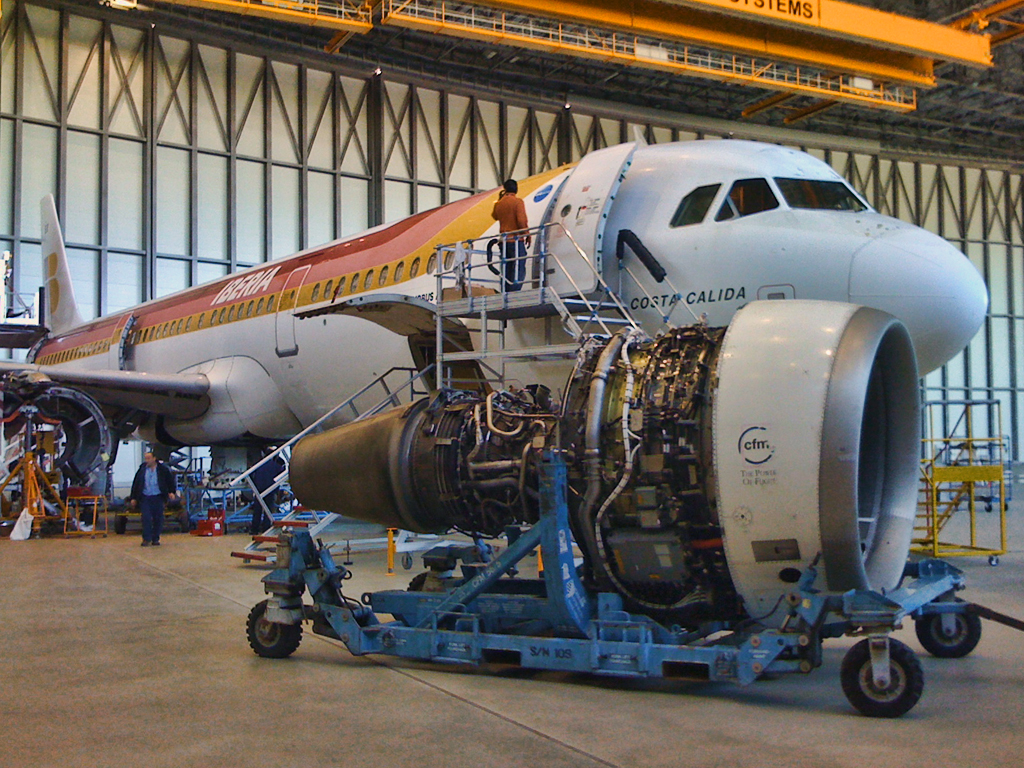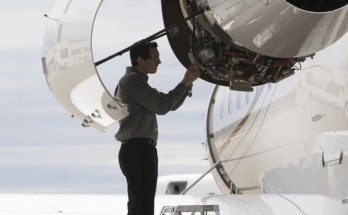
With global economic slowdowns – and a few near-total shutdowns – the impacts of COVID-19 are developing on a day-to-day basis. Air travel has been the unfortunate poster child of distress in these unpredictable times, and industries across the globe are suspended in a state of limbo. But what does the COVID-19 pandemic mean for the global R&M market?
The short answer is that, unfortunately, there is no answer. For now.
The information surrounding the global market impacts of the COVID-19 pandemic is scattered, constant, unpredictable, and, most importantly, incomplete at this time. While no clear answer isn’t the answer anyone wants, it’s what we’ve got to work with at present. Nevertheless, it behooves us to examine the potential outlooks in both the civil and military sides of the global R&M market.
Civil R&M
It’s no secret that airlines have been devastated by the current state of affairs. S&P Global predicted a 20 percent revenue decline globally for the airline industry varying widely by region and operator, a loss that has caused airlines around the world to drastically cut capacity and personnel. As we’re in the early stages of the outbreak, it is expected that figures regarding overall loss to the industry will take some time to fully materialize. However, some assumptions can be made given the present information.
The commercial MRO industry is positioned to take massive losses this year due to the general grounding of aircraft around the world as airlines broadly decrease capacity. March 27 estimates from Oliver Wyman estimate a global industry loss of between $17 billion and $35 billion, equating to a 19-31 percent reduction from a baseline $91 billion forecast for 2020. This scenario assumes a general containment of the viral outbreak by mid-to-late summer 2020, accepting the potential for variations across regions.
Aircraft groundings will vary by region, with Europe and North America poised to see worst-case grounding percentages of up to 40 and 25 percent, respectively. Whether these groundings will lead to service-life extensions on the fleet-in-being and deferments of new-build orders has yet to be seen; the potential for the opposite reaction is very real as well, with the maintenance of legacy platforms rejected in favor of procuring more efficient and cost-effective new models.
In all, commercial MRO and R&M are virtually guaranteed to see a sharp revenue decline for 2020, though the extent of losses has yet to be fully realized. But regardless, any trends are sure to linger within the market for years.
Military R&M
The military side of the market is expectedly more stable than its commercial counterpart, though this statement, too, has the potential to be falsified by ongoing and rapidly developing circumstances. In a striking example, Boeing’s tiltrotor and helicopter plants in Philadelphia, Pennsylvania, while deemed essential by a government ruling as recently as March 20, have been closed as of April 3. All we can expect for certain are supply chain delays, furloughs of personnel, and losses of revenue.
U.S. military partner nations will likely experience some level of challenge in military readiness and the ability to maintain equipment as both defense companies and operator nations are impacted by the outbreak. Global military spending may decrease as well, which will impact the likelihood of fringe R&M programs coming to fruition, and the shutting of manufacturer doors will surely slow near-term production, lowering the market’s value in turn.
To conclude, the extent to which the military market will be impacted has yet to be seen. With infections in the U.S. not expected to peak until mid-April, it would be premature to gauge the economic impacts with any certainty at this time.
A military history enthusiast, Richard began at Forecast International as editor of the World Weapons Weekly newsletter. As the Internet grew in importance as a research tool, he helped design the company's Forecast Intelligence Center and currently coordinates the EMarket Alert newsletters for clients. Richard also manages social media efforts, including two new blogs: Defense & Security Monitor, covering defense systems and international issues, and Flight Plan, which focuses on commercial aviation and space systems. For over 30 years, Richard has authored the Defense & Aerospace Companies, Volume I (North America) and Volume II (International) services. The two books provide detailed data on major aerospace and defense contractors. He also edits the International Contractors service, a database that tracks all the contractors involved in the programs covered in the FI library. More recently he was appointed Manager, Information Services Group (ISG), a new unit that encompasses developing outbound content for both Forecast International and Military Periscope.




